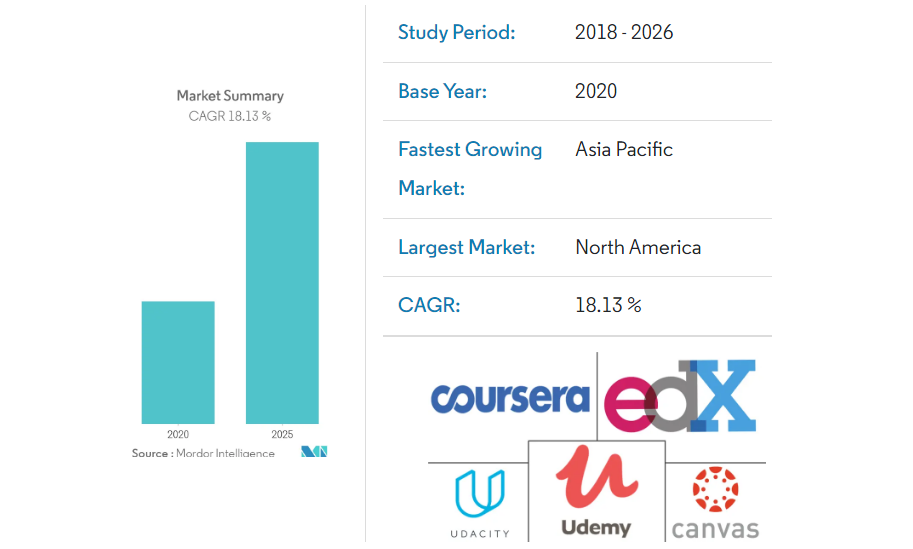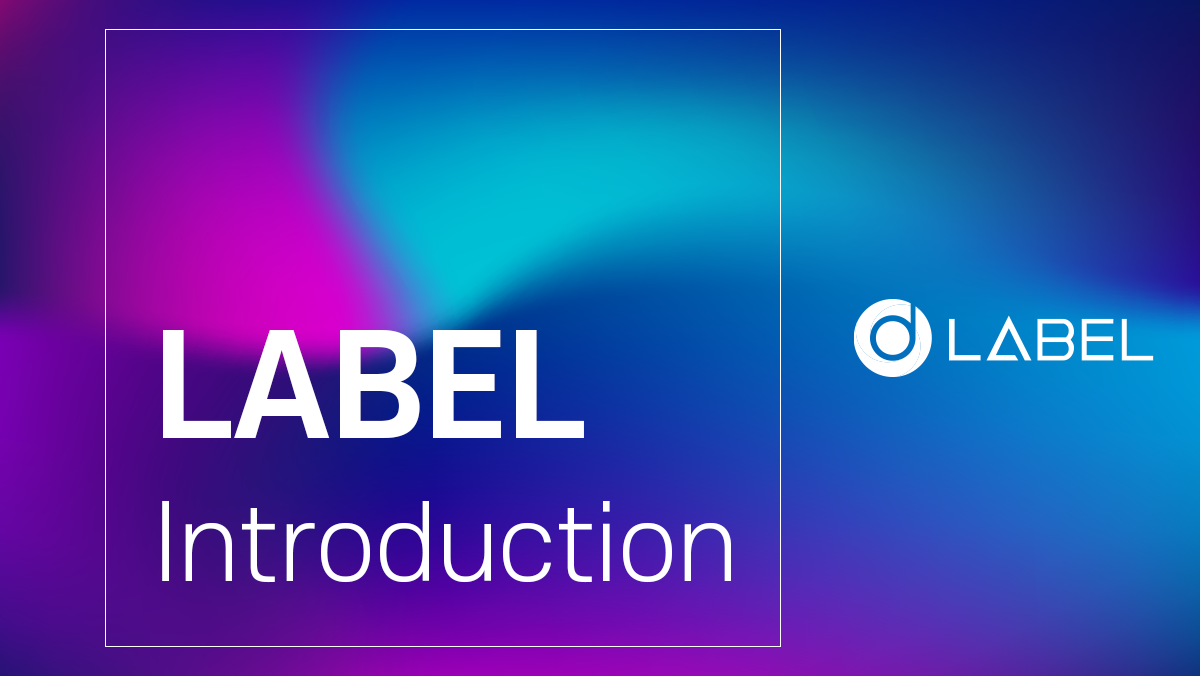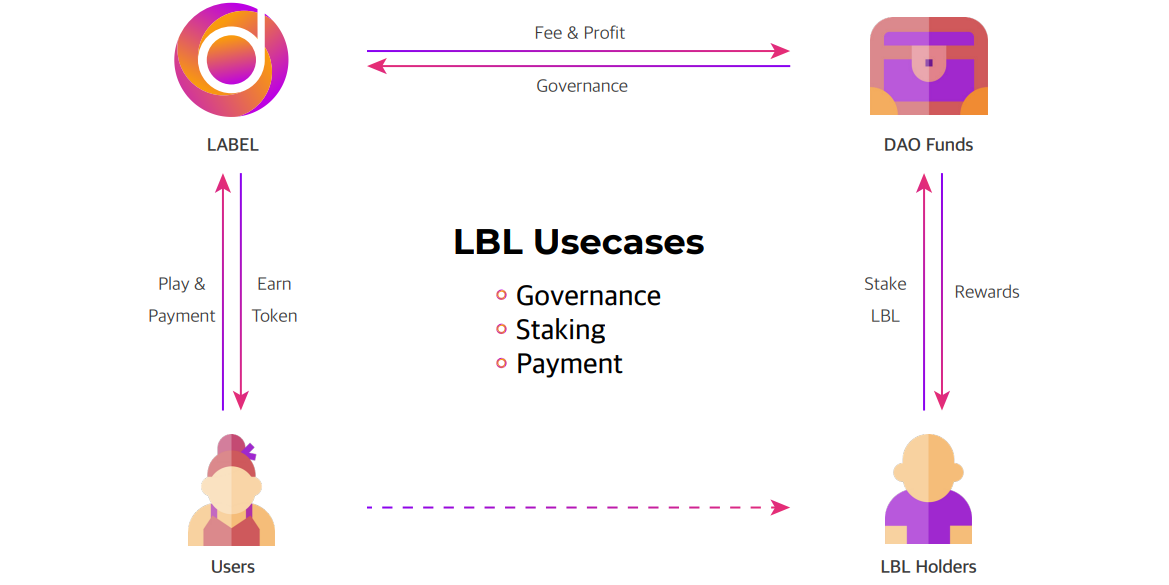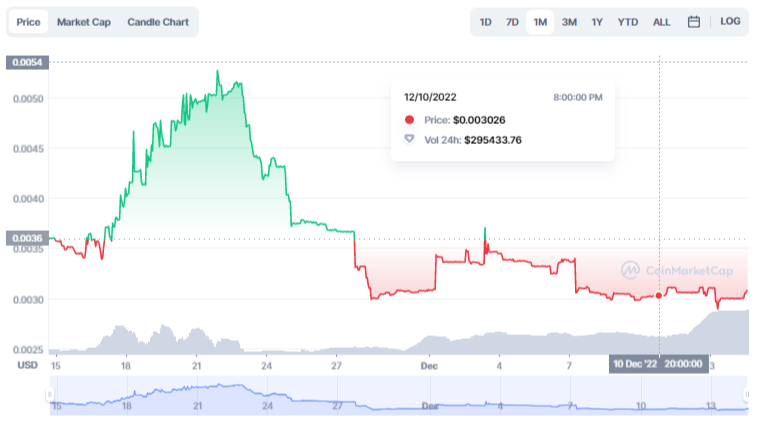What is a blockchain MOOC, and why should you care? Most people associate blockchain with bitcoin and with financial use cases. But the features of the technology are suitable for many other industries, including the EdTech space.
How can blockchain elevate the systems we use today, and what is a blockchain MOOC? We explain how an emerging education industry will become even more established. Additionally, we describe LABEL, one such project working on solutions for blockchain MOOCs.
What is a blockchain MOOC?

MOOC stands for Massive Open Online Course, and a blockchain MOOC typically refers to a basic introduction to blockchain technology and the world of cryptocurrency.
Professionals who enroll in a blockchain MOOC program discuss and understand emerging solutions from the blockchain industry, gaining the capability to critically evaluate services within the blockchain space. These educational resources are easily accessible and scalable for students from all around the world.
Over the past few years, the MOOC industry has seen significant growth. There are several studies around the MOOC industry and predictions regarding the market value of the entire industry.
According to studies, the global MOOC market has a value of over $6.8 billion in 2020. The estimate for 2026 is $18 billion, with a compound annual growth rate (CAGR) of 18.13% predicted for between 2021 and 2026.
What is EdTech?
Education technology, or EdTech, uses computers and educational theories to facilitate learning for students and employees. EdTech refers to the entire educational industry that uses technology to offer training.
Technology has evolved tremendously over the last century, and computers arrived in schools from the 1960s for experiments to study the spelling system. With the rapid expansion of internet access, online courses took a steep rise in numbers. By 2017, there were around six million EdTech students in the U.S.
The first two universities to take a step towards online education were the UK’s Open University and the University of British Columbia in Canada. These institutions introduced interactive online courses by implementing a direct communication channel between students and teachers.
As video conference technology got better and more efficient, it enabled EdTech programs further and increased its accessibility. Today, EdTech robots aid students on their learning journey and tools based on blockchain technology that educators can use to grade students, for instance.
The advantages of EdTech
With the aid of technology, education has become available to anyone with a device connected to the Internet.
The era of face-to-face classes is fading away, and the educational system, globally, has concluded that not all students are the same. One of the main advantages of EdTech is that it allows each student to learn at their own pace and way.
EdTech is an excellent aid that addresses the different needs of all these students. For instance, some may be efficient at learning from visual platforms, while others might be more inclined to pay attention to audio resources.
Another great benefit for EdTech students is that they can access the learning courses whenever they want and feel productive. Having such a powerful technology and resource at your fingertips is a significant advantage.
Students looking for flexible universities and courses, such as full-time employees, are more inclined to choose EdTech programs over traditional institutions.
Blockchain technology aids the EdTech industry by providing a permanent score report, which can include a student’s grades and certificates as well as financial information. The technology registers this information into a digital transcript, which can later be utilized for future degrees and courses. A blockchain MOOC program can solve the issue with unrecognized degrees while securing the data.
Let’s not forget the financial part of education. EdTech comes at a highly competitive price compared to brick and mortar universities. This is a key factor that potential students consider when weighing the option to obtain a new degree or expand their skill set.
Blockchain to disrupt the MOOC industry
The EdTech industry can significantly benefit from implementing blockchain to aid the teaching and learning processes.
By leveraging the features of blockchain technology, the industry can empower students, offering them a medium to store all of their academic data, besides other information. Students have to own their identity-related data and achievements, to be able to use them to support their CVs, and choose who accesses their data.
Another advantage to using the blockchain is its capacity to ensure data privacy and security. Blockchain data is immutable, unlike paper records, which are subject to modification to loss. Encrypted data also adds an extra layer of security.
Storing records on the blockchain can minimize costs over time and deliver a seamless and secure way to verify student information. Having all these academic records on a blockchain makes it easy to identify potential future employees or students based on their learning history.
Online education with LABEL

LABEL foundation is a blockchain education platform. Its ecosystem is designed to aid the increasing demand for MOOC services.
Launched in 2020, LABEL is a decentralized peer-to-peer incubating platform and provides a medium for investing in educational and entertainment content through a DAO voting system. Contributors can claim their profits through an NFT shareholding mechanism.
LABEL aims to give digital content creators and educators ownership over their work, creating an ecosystem for creators, users, and distribution platforms.
As a blockchain-based platform, anyone who uses it to create educational courses can monetize it. The platform’s Value Chain enables a share-based monetization structure.
The NFT infrastructure based on top of Ethereum grants ownership to the creators of the courses. These courses are non-fungible tokens (NFTs) and help ensure transparency and copyright to the courses on the platform.
The platform’s ultimate goal is to ease access and communication between course creators and students or users for any type of digital content.
LABEL Foundation has completed a private sale round led by HG, raised $1 million, and aims to facilitate its adoption within the MOOC space. The round was backed by important names in the blockchain industry, such as GBIC, Mindfulness Capital, IOST, M6, Adaptive, and Icetea Labs, Alphabit, and Pragma.
The LABEL Foundation has also partnered with OpenTrack, a top music education platform operated by Clesson. The partnership will bring a large group of world-class music instructors on the LABEL platform.
The features of LABEL

The LABEL ecosystem focuses on encouraging the creation of high-quality educational material to satisfy the need for blockchain MOOC services.
The main pillars of the LABEL Value Chain are:
- Content
- Incubator
- NFT marketplace
LABEL’s main function is to become the blockchain MOOC for educational content. The organization plans to find diverse partners in the early stages to create a wide range of educational content. As the platform grows, the content on the platform will be incubated.
LABEL will deliver this content for users on a subscription basis.
The platform presents a P2P incubating system that allows funding access for both the content creators and the investors. The incubating system is an essential pillar of the platform. It enables content creators to NFT-ize their IP rights, and investors can fund the created courses.
The course creator can offer his course via the incubating system. Investors can stake their tokens in the DAO and vote to decide whether to register the course on the platform and grant it funding with strategic investment. Selected courses will see investments through partner sales platforms and consumers. Lessons produced from these investments are sold on the partner platform. This also rewards contributors.
The courses created on the LABEL platform are registered as an ERC-1155 NFT. This standard is a unique token standard that supports both non-fungible tokens (NFTs) and fungible tokens. It’s known to be faster and more efficient in batch token transfers.
The last pillar of the LABEL platform is the NFT marketplace. Creators and all the participants in the incubation process can sell their shares of the NFT on the NFT marketplace.
NFT owners can cash in their profits, and buyers can seek investment opportunities.
What is the LABEL ($LBL) token?

LABEL ($LBL) is a utility and governance token based on Ethereum.
$LBL is an ERC20 token.
The token integrates the LABEL platform’s all features and facilitates decision-making over the decentralized platform.
LABEL ($LBL) is for payment, staking, and governance.
Payment
LABEL users can use $LBL as payment method for the educational content provided by the platform. Users pay a monthly fee for the content, paid to the owner of the NFT rights. The DAO Funds will also receive some of this as platform fees.
$LBL investors can modify the commission rate of the DAO Funds through the governance mechanisms. Users purchase the available NFTs with the platform’s native token, LBL, which also represents the transaction fees.
As described in its roadmap, the LABEL platform will provide a commercial service to enable music equipment trade. Buyers who use LBL tokens will receive additional discounts on the platform.
Staking and governance

The token holders can receive additional rewards for staking their $LBL tokens in the DAO while also contributing to the governance voting process. The incubation phase is when users stake their $LBL to secure a share of the NFT-ized copyright.
The platform incentivizes LABEL ($LBL) investors to become long-term $LBL holders by offering rewards from the accumulated fees in the DAO Funds. They are also granted access to major governance voting activities. A high activity level on the platform will also impact the long-term value of the $LBL token.
DAO
The LABEL $LBL token is at the core of the LABEL platform. The platform’s Decentralized Autonomous Organization (DAO) will facilitate governance. $LBL investors can stake their tokens to vote for the various governance decisions on the platform.
The DAO can have the following influences:
- User Ban or Access Restriction (Permanent / Temporary)
- Content Creation Support Proposal
- Tokenomics Modification & Enhancement and more
Voting is done through a user-friendly interface, and all governance proposals and voting are done on the blockchain.
DAO Funds
A portion of the course content fees and 100% of the NFT transaction fees accumulate in the DAO Funds, which the LBL token holders manage. The team has set 2023 as the launch window for the DAO Fund.
LABEL foundation wants to ensure that the app becomes fully decentralized and will gradually dilute the centralization. After the app becomes decentralized, the LBL token holders will manage the DAO Funds.
The DAO Funds accumulates revenue from the following sources:
- Lecture Content Fee
- NFT Transaction Fee
- NFT Creation Fee
- Lecture Revenue Distribution Fee
The revenue of the DAO Funds will increase with the popularity of the content. Fees are paid in LABEL’s $LBL token.
DAO Funds can be used for:
- Providing liquidity on decentralized cryptocurrency exchanges (Uniswap or PancakeSwap)
- Expanding the ecosystem. Funds can be used for marketing purposes.
- Development funding. Tokens can be used to pay for the development of third-party tools to serve the ecosystem.
- Staking to maintain the ecosystem
- Content Creation

Following the DAO activation, token holders will be able to stake their tokens to submit proposals on how to distribute tokens from the DAO Funds. Proposal submissions and voting subsequently take place.
$LBL has a max supply of 3,000,000,000 LBL, with a current circulating supply of almost 900 million $LBL. Both its CEX volume and 24HR trading volume are less than $1 million, and the market cap is less than $3 million.
Tokens issuance and distribution as follows:
- Marketing
- Sales
- Development
- Ecosystem
- Reserves
- Advisors
- Team
Blockchain MOOCs are set to disrupt EdTech
Blockchain is more than just a ledger for the financial industry and bitcoin. The distributed ledger technology has many use-cases, and the EdTech industry is a growing market in need of a new and seamless process.
Blockchain MOOC presents benefits for the students, the education platform, and the future employer or collaborator of the student. The clear registry is easy to use and can be used to back up the paper CV.
On top of all that, having a blockchain MOOC enables educators to truly own their course and retain ownership over it and even sell it. The possibilities are endless, and the technology is already here.
< Previous In Series | Blockchain | Next In Series >
Frequently Asked Questions
What is a MOOC?
What is edtech?
What is $LBL token used for?
What is the advantage of edtech?
Disclaimer
In line with the Trust Project guidelines, the educational content on this website is offered in good faith and for general information purposes only. BeInCrypto prioritizes providing high-quality information, taking the time to research and create informative content for readers. While partners may reward the company with commissions for placements in articles, these commissions do not influence the unbiased, honest, and helpful content creation process. Any action taken by the reader based on this information is strictly at their own risk. Please note that our Terms and Conditions, Privacy Policy, and Disclaimers have been updated.




